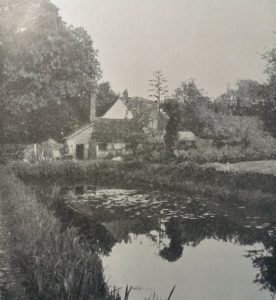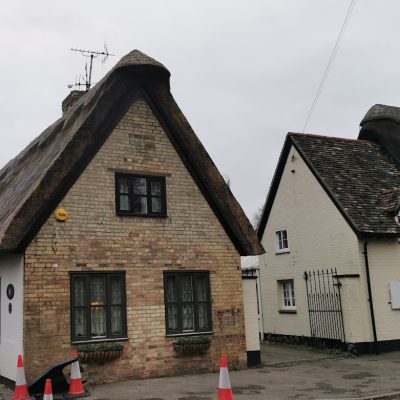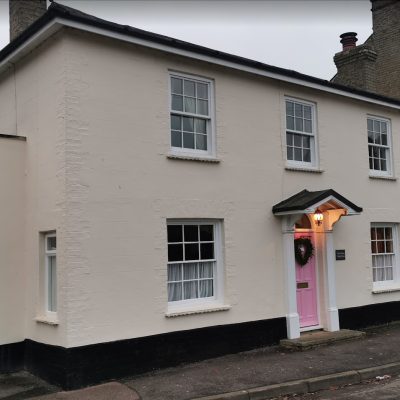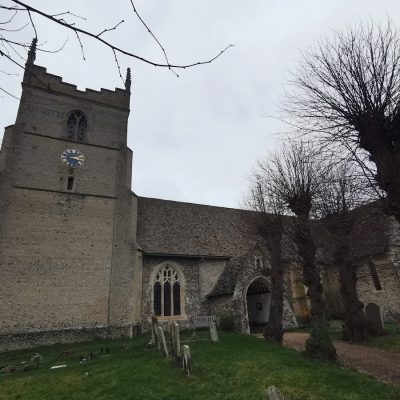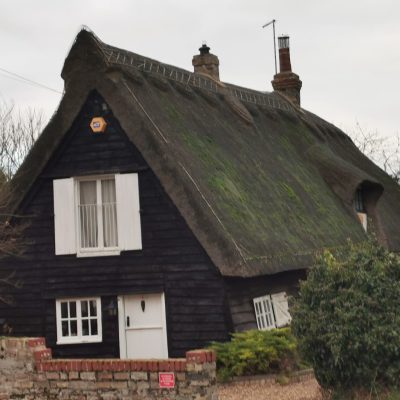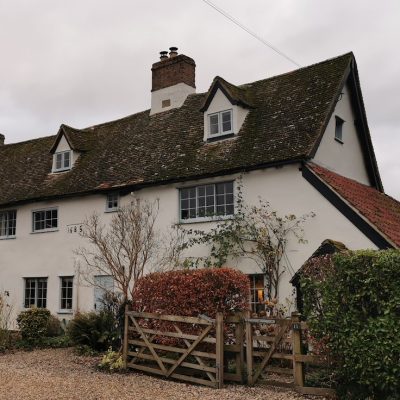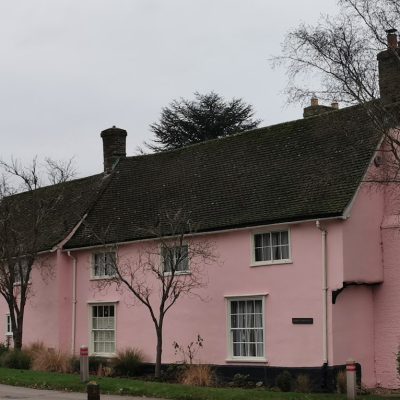Search by topic
- archaeology
- Building of Local Interest
- chapel
- charity
- church
- crime
- dressmaker
- fire
- Great Eastern Railway
- Listed building
- Mapping Relief
- medieval
- oral history
- poverty
- Public House
- Religious House
- Roman
- scholar
- school
- Then and Now
- tudor
- women
- work
- world war one
- world war two
Search by text
 The Temple Great Wilbraham c.1929
The Temple Great Wilbraham c.1929Wilbraham Temple
History of Wilbraham Temple
The manor of Great Wilbraham was owned in the Middle Ages by the Knights Templar, from which the present house derives its name. The manor house was built in c 1600 and, following the Restoration was sold in 1682 to Dr Thomas Watson who enlarged it. At this time the Temple was surrounded by a series of small gardens. Watson was succeeded by his niece Joanna Watson Ward, who left the estate to her son. In 1788 Thomas Watson Ward sold the estate to the Rev James Hicks, who was a Fellow of Clare College, Cambridge. Hicks made further alterations to the house and laid out a park in the early years of the C19. He died without an heir in 1825 and the property passed to a distant relative, Mr Edward Simpson, who took the name Hicks. He was for a time MP for Cambridgeshire. His grandson, Captain Reginald Stanley Hicks, a well-known sporting figure in the county, succeeded to the estate in 1900. Captain Hicks’ niece married into the Hyde Smith family in 1959 and came to live at Wilbraham Temple from 1962 onwards. In 1980 the site was divided, the house and most of the park being sold to Richard Wright. It remains (1999) in divided private ownership.
In 1226 Peter Malauney gave all his lands in Wilbraham to the Grand Master of the Temple. A small manor house would have been constructed soon afterwards. In 1308 the Master and two other brethren were arrested and in 1313 all the possessions of the Templar houses in Cambridgeshire were given to Brother William of Sawston on behalf of the Hospital of St John.
The current house is of early 17th century date but the adjacent buildings include parts of the Knights Hospitaller’s manor house which seems to have been rebuilt in the 15th century.
(SeeThe Religious Houses of Cambridgeshire, Cambs County Council)
In A history of Wilbraham Parishes by Rev Stokes, it says:
In the year 1545, on suppression of the Knights Hospitallers, Henry VIII gave the Temple manor in Great Wilbraham to Fotheringhay College, Northants, which he bestowed upon his first wife Catharine of Aragon. That College was itself suppressed by Edward VI.
In the next reign, Queen Mary gave the Temple Manor to Sir John Huddlestone, as a reward for his support upon the heath of her brother.The estate remained in the hands of the Huddlestone family until the year 1683.
Contribute
Do you have any information about the people or places in this article? If so, then please let us know using the Contact page or by emailing capturingcambridge@
License
This work is licensed under CC BY-NC-SA 4.0





